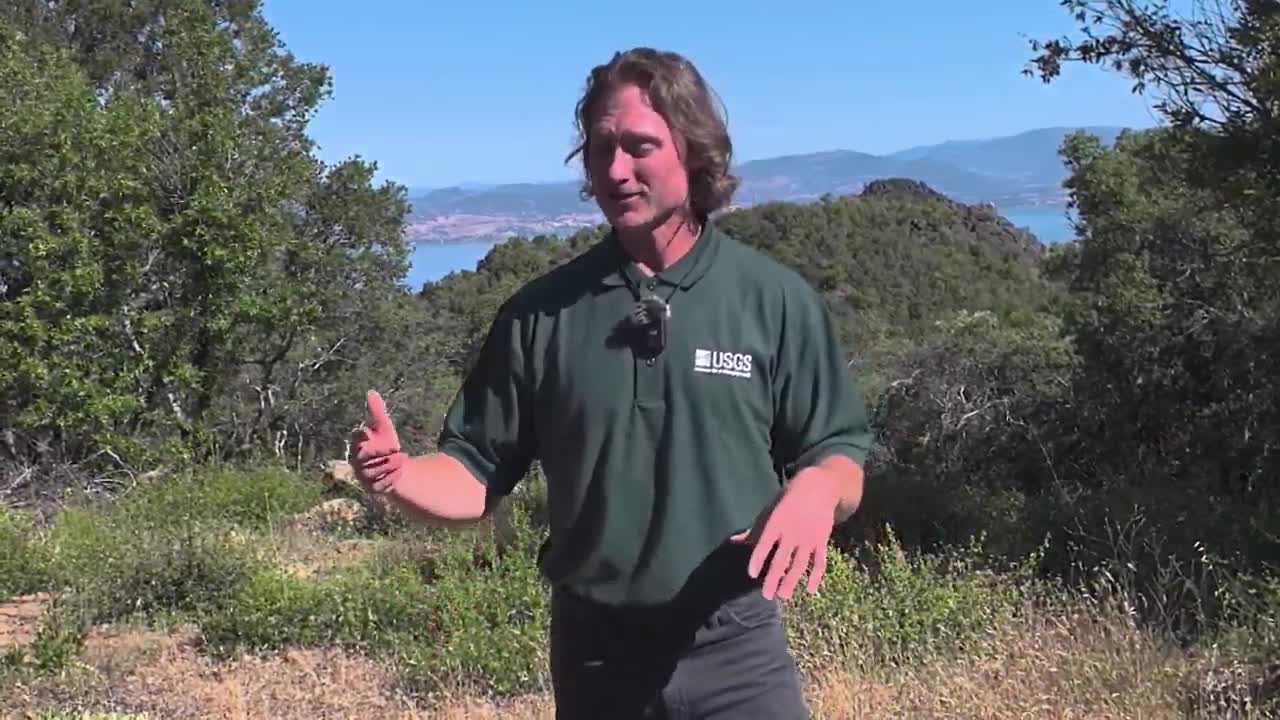Community unites to restore Clear Lake and save native fish
August 17, 2024 | Events, Lake County, California
This article was created by AI summarizing key points discussed. AI makes mistakes, so for full details and context, please refer to the video of the full meeting. Please report any errors so we can fix them. Report an error »

During a recent government meeting, discussions highlighted the ongoing efforts to restore Clear Lake, a body of water often criticized for its poor condition. A key speaker emphasized the importance of community engagement and collaboration among various stakeholders, including state and federal agencies, local tribes, and residents, in addressing the lake's environmental challenges.
The speaker noted that many locals associate Clear Lake with negative attributes, such as unpleasant odors and pollution. However, this perception is being challenged by the proactive initiatives led by tribal communities, particularly in monitoring harmful cyanobacteria levels. These efforts have not only set a precedent for water quality monitoring across the nation but have also inspired international practices.
The emotional connection residents have with Clear Lake was evident, as many shared personal stories of their childhood experiences swimming in its waters. The speaker expressed optimism about the lake's future, particularly regarding the recovery of the Chih, a native fish species that has faced significant threats. This fish is not only vital to the lake's ecosystem but also holds cultural significance for local tribes.
The collaborative approach taken by various groups demonstrates a unified commitment to environmental restoration. As stakeholders continue to work together, there is hope for a healthier Clear Lake, showcasing the power of community action in overcoming ecological challenges.
The speaker noted that many locals associate Clear Lake with negative attributes, such as unpleasant odors and pollution. However, this perception is being challenged by the proactive initiatives led by tribal communities, particularly in monitoring harmful cyanobacteria levels. These efforts have not only set a precedent for water quality monitoring across the nation but have also inspired international practices.
The emotional connection residents have with Clear Lake was evident, as many shared personal stories of their childhood experiences swimming in its waters. The speaker expressed optimism about the lake's future, particularly regarding the recovery of the Chih, a native fish species that has faced significant threats. This fish is not only vital to the lake's ecosystem but also holds cultural significance for local tribes.
The collaborative approach taken by various groups demonstrates a unified commitment to environmental restoration. As stakeholders continue to work together, there is hope for a healthier Clear Lake, showcasing the power of community action in overcoming ecological challenges.
View full meeting
This article is based on a recent meeting—watch the full video and explore the complete transcript for deeper insights into the discussion.
View full meeting
